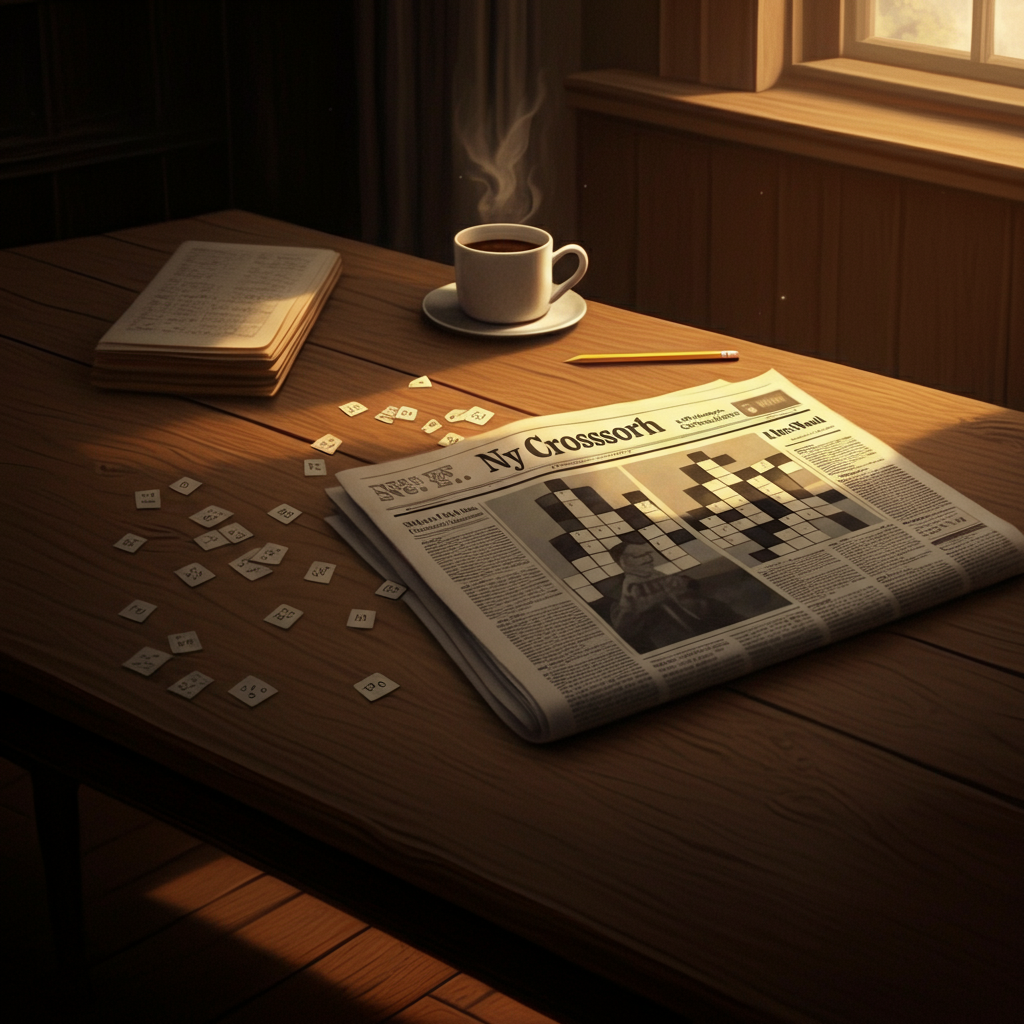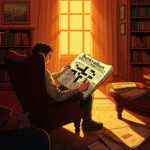If you’re a crossword enthusiast, tackling the New York Times Crossword (NYT) is probably a cherished part of your daily routine. But even seasoned solvers occasionally run into those head-scratching, brain-bending clues that stop them in their tracks. One such challenging clue many solvers encounter is “Bumped Things”.
What does it mean? And more importantly, what’s the answer? Don’t worry—we’ve got you covered. This guide will decode the clue, offer tips for tackling similar puzzles, and explore the enduring appeal of the NYT Crossword.
What Does “Bumped Things” Mean in the NYT Crossword?
Crossword clues are notorious for being double-edged. They’re often designed to be ambiguous, challenging your vocabulary and reasoning in creative ways. The clue “Bumped Things” is no exception. At first glance, it may seem vague, but like all good crossword clues, it contains just enough information to lead you to the correct solution.
The key here lies in uncovering the context of “bumped”. The phrase hints at movement, possibly something colliding or being transferred. Additionally, “things” is intentionally broad, pushing solvers to think outside the box.
The Answer Is…
Without keeping you in suspense any longer, the answer to “Bumped Things” is HIPS. Yes, “hips”! The reasoning is quite straightforward upon reflection. Imagine bumping hips with someone on the dance floor, a playful gesture of movement and interaction. This clever and slightly humorous wordplay is precisely the kind of misdirection crossword creators love.
Armed with this answer, you can confidently continue your crossword adventure—but how can you avoid being stumped by similarly tricky clues in future puzzles?
Tips for Decoding Tricky Crossword Clues
The NYT Crossword is famous for its cleverness, but understanding its common patterns and solving strategies can give you a significant edge. Here are some helpful tips for cracking even the toughest clues:
1. Pay Attention to Wordplay
Often, crossword clues rely on puns, word associations, or double meanings. For example, “bumped things” isn’t talking about car collisions or physical objects in general but uses the idea of bumping in a metaphorical sense.
Tip: Look for hidden meanings or alternative interpretations of the words in the clue. Sometimes, the answer is right there in plain sight.
2. Identify the Clue’s Grammar
Grammatical consistency is key in crosswords. Pay attention to whether the clue is singular or plural, as this often points towards the structure of the answer. For example, “bumped things” is plural, so the answer, hips, is also plural.
Tip: Clues and answers must always match in tense and number (singular vs. plural).
3. Think About Themes
The NYT often features themed puzzles where several clues are linked by a common idea. If you’ve identified the theme of the day, it can help narrow down your guesses significantly.
4. Use Cross-Checking Letters
If you’re unsure about a clue, focus on filling in intersecting words first. This method provides crucial letters that can point you toward the correct solution.
Tip: Revisit the tricky clue after filling in a few of its cross letters to help refine your thinking.
5. Consider the Day of the Week
Remember, NYT puzzles get progressively harder as the week goes on. Monday puzzles are typically easier, while Saturday puzzles will test even the most experienced solvers. If you’re perplexed, knowing the day’s difficulty level might offer additional insights into how complex the clue could be.
Why Are Crossword Puzzles a Favourite Pastime?
What is it that draws millions of people to crossword puzzles every day? Whether it’s the NYT Crossword or another popular game, crosswords have an enduring appeal that transcends age, geography, and skill level.
1. Mental Stimulation
Solving crosswords provides an excellent workout for your brain. They challenge your vocabulary, reasoning, and problem-solving skills, all while keeping your mind sharp and focused. Mental health experts often recommend playing puzzles and brain games as a way to slow cognitive decline.
2. Creative Wordplay
At their best, crosswords are like miniature works of art. Every clue is carefully crafted, requiring solvers to think creatively and imaginatively. The satisfaction of cracking a particularly clever clue is unbeatable.
3. A Sense of Accomplishment
Completing a crossword puzzle, especially one as renowned as the NYT Crossword, delivers a tangible sense of achievement. With every filled-in square, you’re further proving your mental mettle.
4. Community Connection
Crosswords bring people together. Whether you solve with a partner or discuss solutions in online forums, there’s a vibrant community of puzzle lovers ready to share tips and celebrate victories.
5. Unplug and Unwind
For many, solving crosswords is a way to escape the constant buzz of digital notifications. It’s a moment of mindfulness, letting you focus solely on the puzzle in front of you.
Make the NYT Crossword Part of Your Daily Routine
Now that you’ve cracked the code on “Bumped Things”, why not make solving crossword puzzles part of your daily life? Alongside providing endless entertainment, they’re a great way to keep your mind sharp and your problem-solving skills in tip-top shape.
Got stuck on another clue? Bookmark this blog and visit us whenever you need help deciphering those cryptic crossword moments. With perseverance and practice, even the trickiest NYT puzzles won’t stand a chance against you.
Happy solving




Pingback: Advice TimesHealthMag | Mental Health, Diet & Fitness Tips